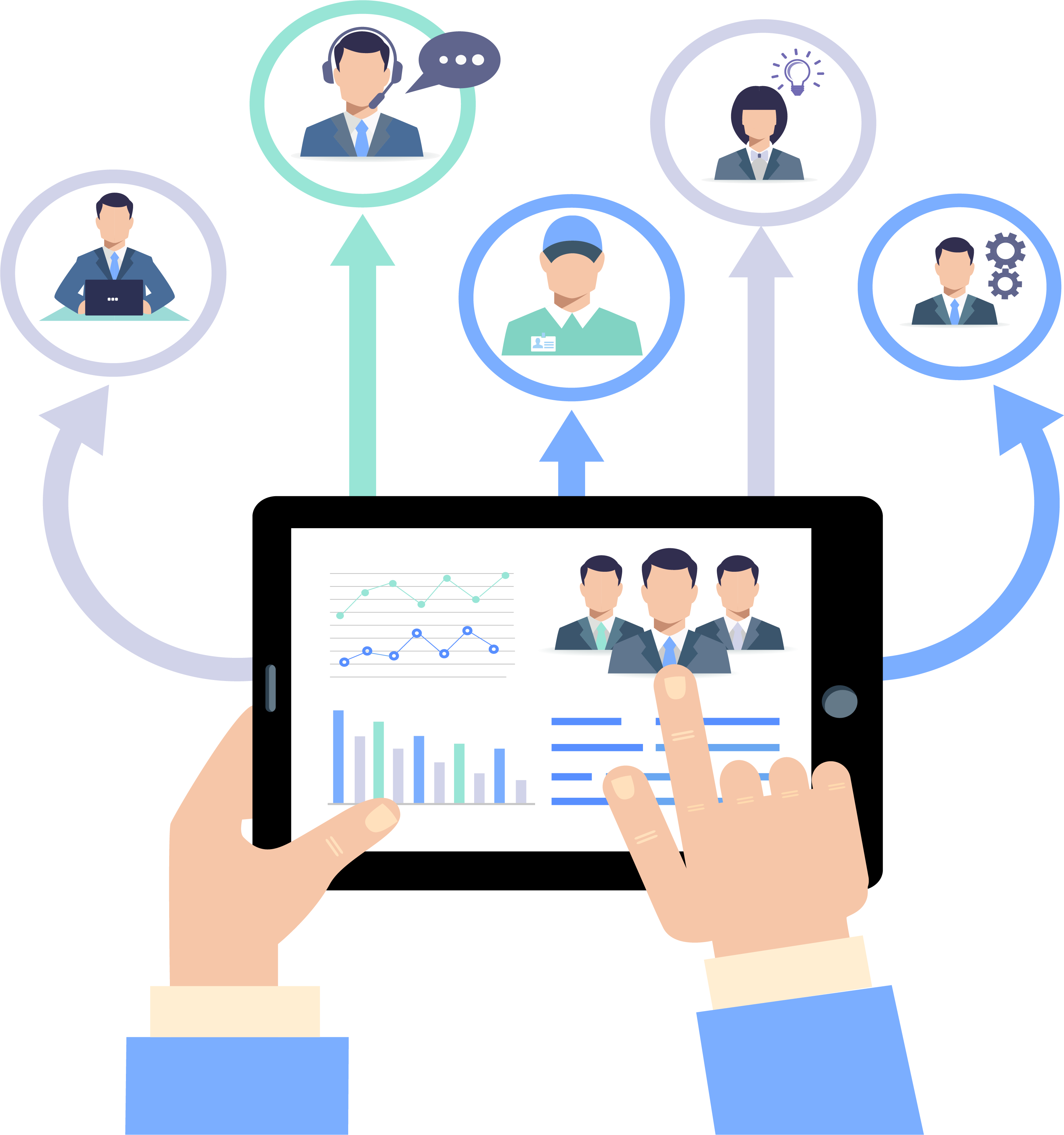Today, the Human Resource (HR) department has an active role to play which is to manage the company’s most important asset: human capital. With the HR processes becoming more complex, new legislation for payslips to be prepared in a timely manner, HR professionals and employers must adapt to the new needs of employees.
Cost of Adoption
Let’s handle the elephant in the room, head on. In Singapore, most HRIS software prices vary depending on the modules and functions requested, HRIS can quickly become exorbitantly expensive as your company grows as many are sold.
This is where Dashbod comes into play. Our pricing model is based on a fixed price for certain sizes of companies, offering employers a peace of mind. Employers would be able to enjoy all the benefits of an HRIS software, without ever having to worry about the prices going up as they add interns, part timers.
What is there to gain?
To truly maximise your employees’ potential talent, your HR department first needs to eliminate productivity losses and streamline the management of their talent. This is where choosing the right Human Resource Information System (HRIS) comes into play.
An HRIS is a system that manages a set of software “points” to automate and effectively monitor a number of HR management tasks. It covers all the functions that an HR department typically manages and optimises the procedures and policies effectively.
A modern HRIS is a web-based or cloud-based service, which means you can access it 24/7, wherever you are, as long as you have a good internet connection. It enables you to execute your HR responsibilities anytime and anywhere. This is particularly important in the new world post Covid-19. Demand for cloud solutions are sky-rocketing and employees are working from home unable to send in paper applications and claims.
On top of saving time and energy, you will be able to enjoy more freedom and flexibility, being in a position to access employee salary reports or performance reviews even if you are out of the country.
An HRIS also automates and replaces obsolete and repetitive administrative tasks such as the use of time-consuming Excel spreadsheets and many others. By automating your HR services, you’ll save time for other activities while increasing the productivity of your employees.
An HRIS can consist of many different functions, but the 2 key functions we will be highlighting in this article are the
-
Payroll function
-
E-Leave
-
E-Claims
Payroll Function
A good payroll function allows HR managers to roll out wages to employees and download employee timesheets easily. As the software calculates tax and wages, the risk of errors are substantially reduced, and statutory compliance is maintained more efficiently and reliably, avoiding penalties for late submission to Central Provident Fund (CPF), Skills Development Levy (SDL) and other contributions (CDAC, SINDA, Mendaki,etc) under the Singapore legislation.
Additionally, as the payroll function helps businesses keep track of employee wage and salary rates and automate payroll runs, it also calculates the CPF for each employee, allowing for greater efficiency.
Learn more about how DashBod saves you time with its Payroll System here .
Another time saving feature that payroll systems can and must have is the generation of IR8A once a year. Particularly if you have people entering and leaving the payroll this becomes an exercise to track them down and do filing via Auto-Inclusion Scheme. Find out more about Dashbod’s IR8A generation here .
Lastly, generating payslips for employees one by one is extremely tedious. However, Dashboard’s Payslips Batches function allows you to simultaneously generate payslips for multiple employees.
E-Leave
E-Leave systems allow employers to automate the complex process of time off allowance and administration. Leave and attendance systems also have employee self-service features that empowers workers to clock in and clock out of their shifts and view their schedules.
It also enables employees to update their personal information, apply for leave and managers can approve or decline their application without having to inquire personally or send emails to HR each time. As the software automatically calculates the worked hours and overtime, this saves valuable time monitoring employee leave and attendance.
E- Claims
Manual claims processing is something that is extremely tedious and inefficient as it involves having to collect and store physical receipts, while also having to manage petty cash.
Having an E-claims system will eliminate such inefficiencies that hurt your company while providing a multitude of benefits for both employers and employees.
Firstly, employees need not be physically present to submit their claims as they can do so online. Instead, claims can be submitted on the go and their approval statuses can be monitored in real time. This in turn creates a database of digital receipts for employers, providing them with a clearer view regarding company expenses.
Moreover, HR personnel will not only able to approve multiple claims at once, but can do so in just a few clicks, as seen here in Dashbod’s E-claims feature.
Dashbod’s claims feature also indicates what type of expense it is for the books, meaning accountants can see where costs are going be it in transportation, entertainment or medical. Dashbod even allows you to expense items to projects or business units within the organisation when submitting expense reports.
Dashbod is currently free to use via the IMDA Start Digital Programme offered through OCBC & DBS to start managing your workforce as a talent pool and an asset to groom today.


